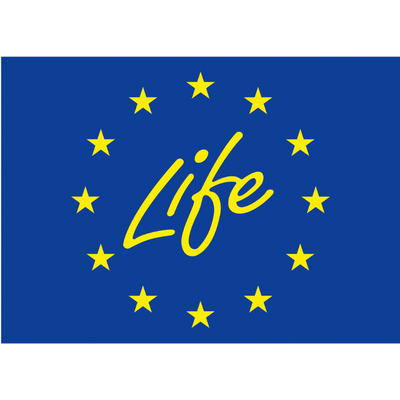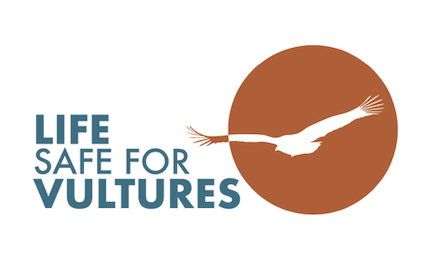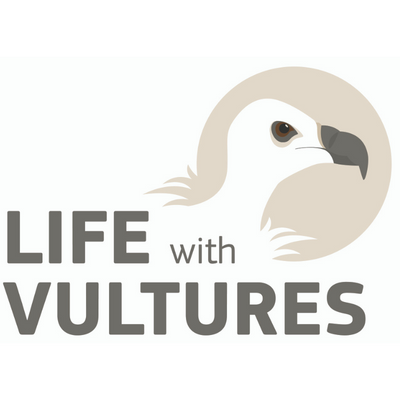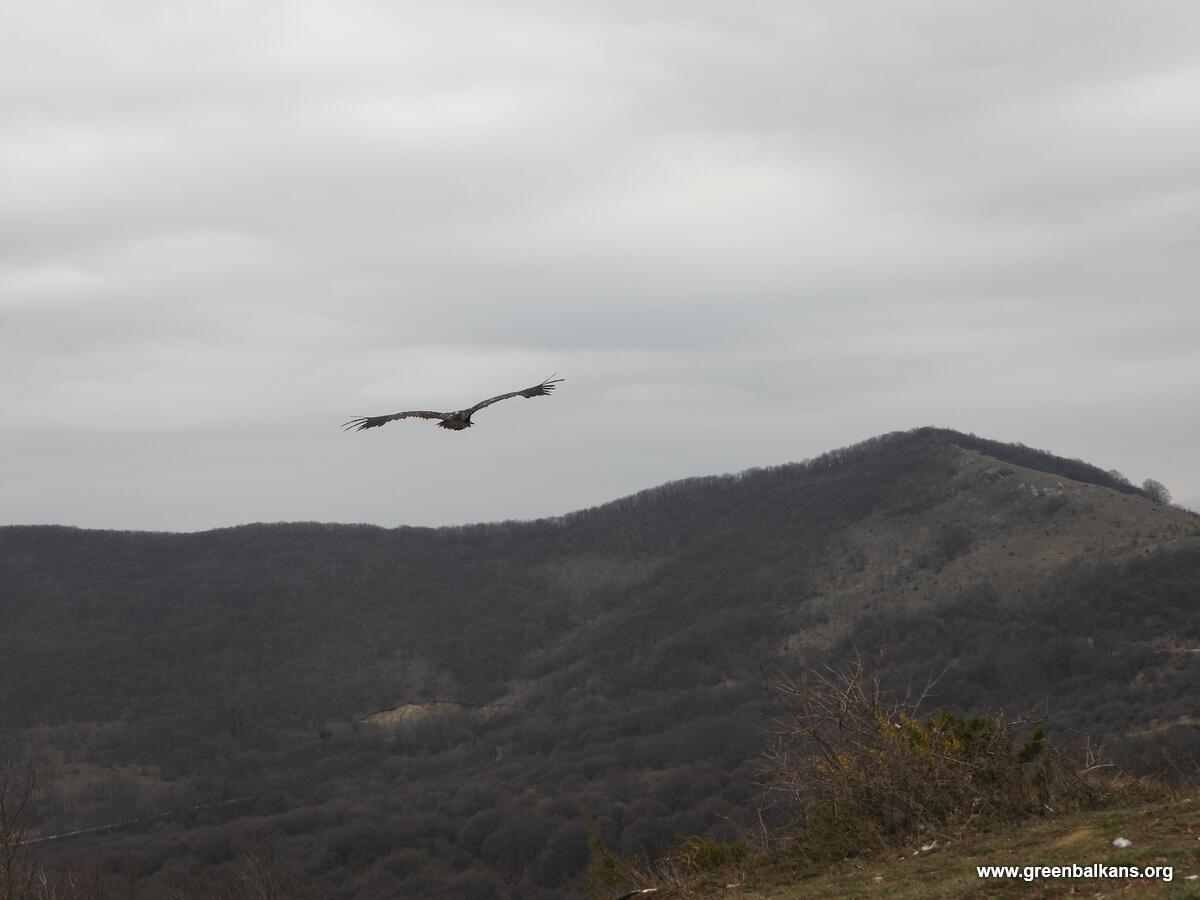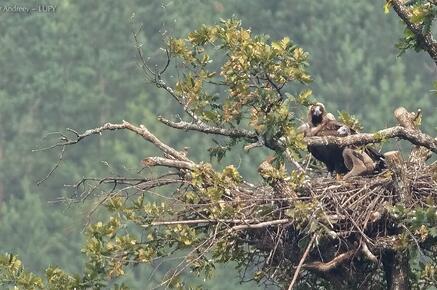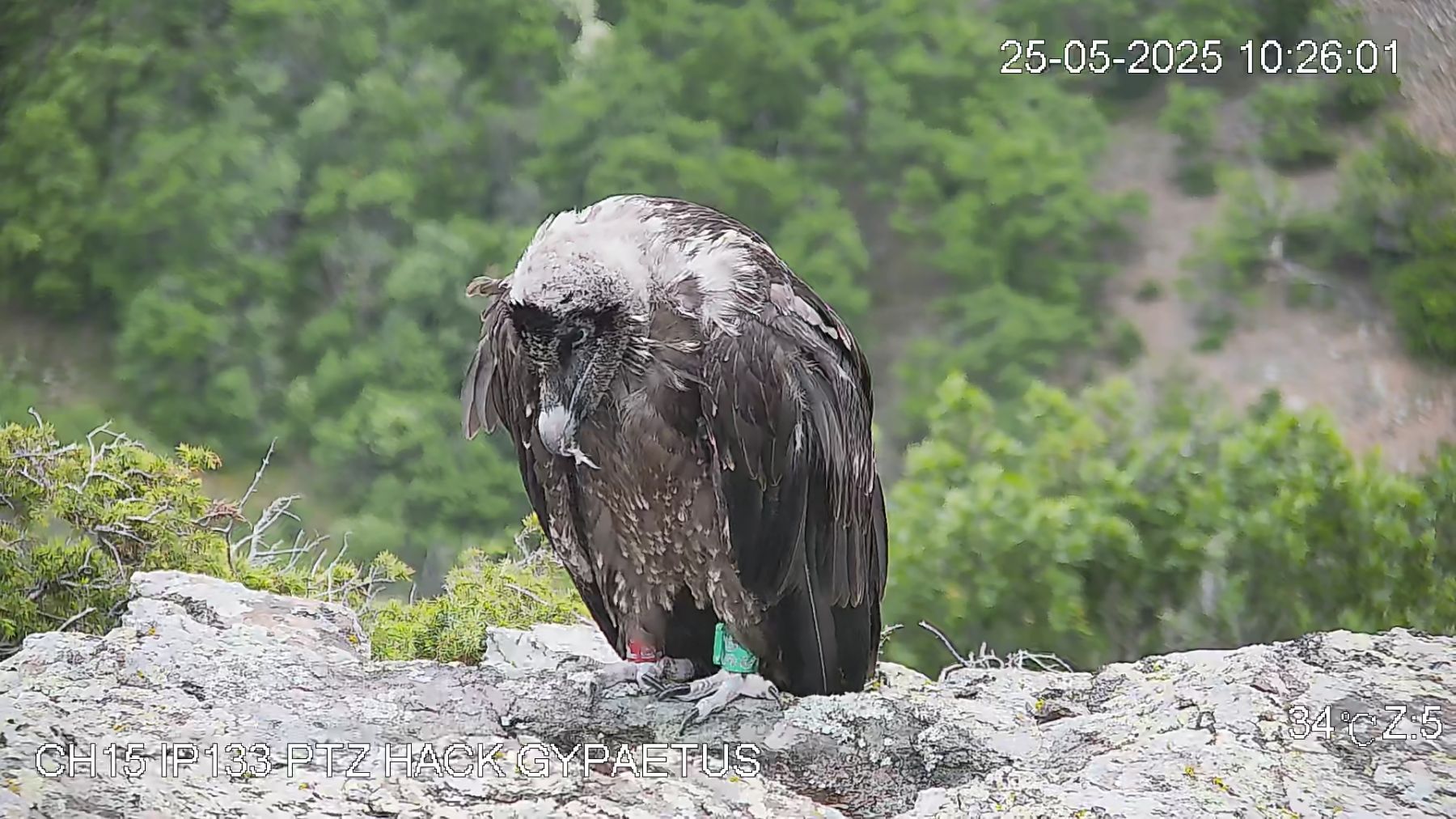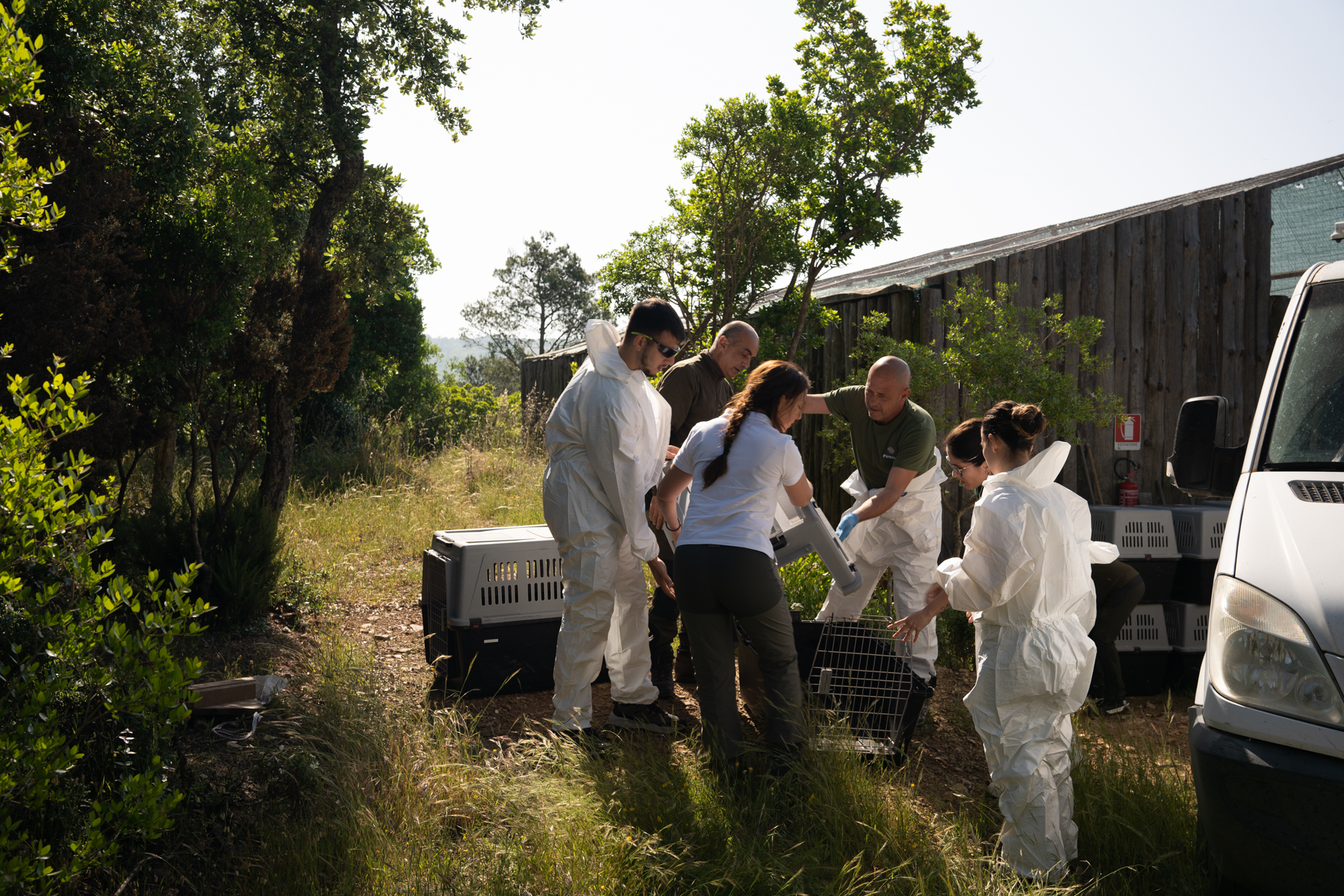As we look back on 2024, we want to express our sincere gratitude to all of our partners, colleagues, and supporters. Your commitment has been incredibly valuable in advancing our mission to recover Europe’s vulture species.
Below is a summary of the key highlights and achievements from our ongoing LIFE projects this year, including LIFE GypAct, LIFE GypRescue, Bearded Vulture LIFE, LIFE Support, LIFE with Vultures, and LIFE Safe for Vultures.
For more information on our other LIFE projects, such as Balkan Detox LIFE and LIFE Aegypius Return, please refer to our separate articles.
LIFE Support: Strengthening Vulture protection in Croatia
In 2024 the LIFE SUPport project was particularly involved in creating and disseminating knowledge about vulture food supplies, sanitary regulations and anthropogenic threats for vultures.

In April it carried on an international workshop about sanitary regulations and vulture conservation implementation. Over 25 participants from the relevant national institutions and other stakeholders from Croatia attended the workshop.
During 2024, the project carried out 3 workshops about the use of non-lead ammunition, with a total participation of 120 hunters from the Kvarner Islands. Lastly, during the summer three international volunteers monitored the activities of tourist boat operators sailing close to Griffon Vultures breeding cliffs and patrolled the area rescuing juvenile vultures from drowning. The Kvarner Islands Griffon Vultures population saw a very positive increase, growing from 130 to 150 pairs. 9 Griffon Vultures have been tagged and monitored with GPS tags.
LIFE Safe for Vultures: Strengthening the Griffon Vulture population in Sardinia
The LIFE Safe for Vultures project continued its efforts to strengthen the Griffon Vulture population in Sardinia, Italy. The population has shown a stable annual increase of 10%, supported by supplementary feeding stations and effective anti-poisoning measures. One of the project’s key milestones in 2024 was the construction of the 50th supplementary feeding station in Sardinia, the first to be built inside a National Park (Asinara National Park). Additionally, two large releases of Griffon Vultures—one in April and the other in October—contributed to the growth of the island’s population.

Another significant development was the release of two Griffon Vultures from Spain, marking a continued effort to boost the population in southern Sardinia. Monitoring activities remained extensive, with a total of 9 GPS-tagged vultures tracked to better understand the movements and survival rates of the population. This work ensures that Sardinia’s Griffon Vultures have secure and consistent food sources and that threats like poisoning and electrocution are mitigated, ensuring long-term species survival in the region.
Bearded Vulture LIFE: Reintroducing Bearded Vulture and restoring Cinereous Vulture population in Bulgaria
The Bearded Vulture LIFE project entered its second year in 2024, expanding efforts to reintroduce Bearded Vultures alongside ongoing Cinereous Vulture restoration in Bulgaria. Key milestones included the first shipments of Cinereous Vultures to Bulgaria and the successful releases. Additionally, the first Cinereous Vulture chick hatched in the Vratsa Balkan Nature Park, while record numbers of 20 breeding pairs of Cinereous Vultures and over 200 Griffon Vultures were reported. At the end of the year the Bearded Vulture study visit also took place to prepare for the first releases of Bearded Vultures in 2025 and in December The Green Balkans captive breeding centre also celebrated the arrival of its third pair of Bearded Vultures.


LIFE GypAct: Expanding Vulture corridors across Europe
The LIFE GypAct project made remarkable progress in 2024, with eight Bearded Vultures successfully released in France across three sites: Vercors, Baronnies, and Grands Causses. These releases are part of a larger strategy to secure vulture corridors between the Pyrenees and the Alps, ensuring the safe movement of vulture populations across Europe.

In addition to these releases, the project focused on combating vulture poisoning, a persistent threat to vulture populations, by an improved protocol for investigating poisoning incidents. Furthermore, two new breeding pairs of Bearded Vultures were established in Vercors in 2024, offering hope for the species’ future in the region.
LIFE GypRescue: Reviving Corsica’s Bearded Vulture population
The LIFE GypRescue project, focused on Corsica, continued its crucial work in 2024 to revive the island’s Bearded Vulture population, which has suffered a dramatic decline in recent years. The project’s focus on increasing the Bearded Vulture population through both natural reproduction and captive breeding efforts saw the release of two more captive-bred Bearded Vultures -Piuma and Culomba.

Another noteworthy moment happened when a pair of reintroduced Bearded Vultures laid an egg for the first time. Unfortunately, the chick did not survive but there is hope for successful breeding in the wild in future. Monitoring Bearded Vultures via nest cameras has been pivotal in understanding the challenges they face. Food availability continues to be a major issue, as do the risks of poisoning and collisions.
Another big highlight was The LIFE GypRescue seminar in November, which brought together over hundred conservationists and vulture enthusiasts across Europe to learn about the progress, challenges, and future directions of the project.
LIFE with Vultures: Preventing extinction in Cyprus
The LIFE with Vultures project, led by BirdLife Cyprus, made substantial progress in 2024 in its mission to prevent the extinction of the Griffon Vulture in Cyprus. Once abundant, the species now faces the threat of extinction, with only 20 vultures remaining in the wild at the start of the project in 2019. The 2024 milestone included the successful release of 15 Griffon Vultures from Spain, after acclimatizing in an aviary for 10 months. GPS data showed that these vultures successfully integrated into the local population.

In addition to these releases, the project also launched a seminar on wildlife crime, focused on combating illegal poisoning—a significant threat to vultures. Through training and capacity-building, local authorities are now better equipped to tackle wildlife crime, an essential step in securing the future of Cyprus’s vulture population.
Looking ahead to 2025
The achievements of 2024 demonstrate the continued success of vulture conservation across Europe. From population restocking to combating threats like poisoning and electrocution, the collective efforts of all involved have made a tangible difference. However, the work is far from over. As we look to 2025, we will continue our vital work through ongoing projects and expand our reach with new initiatives aimed at securing a sustainable future for vultures across the continent. A heartfelt thank you to everyone involved in these efforts.
